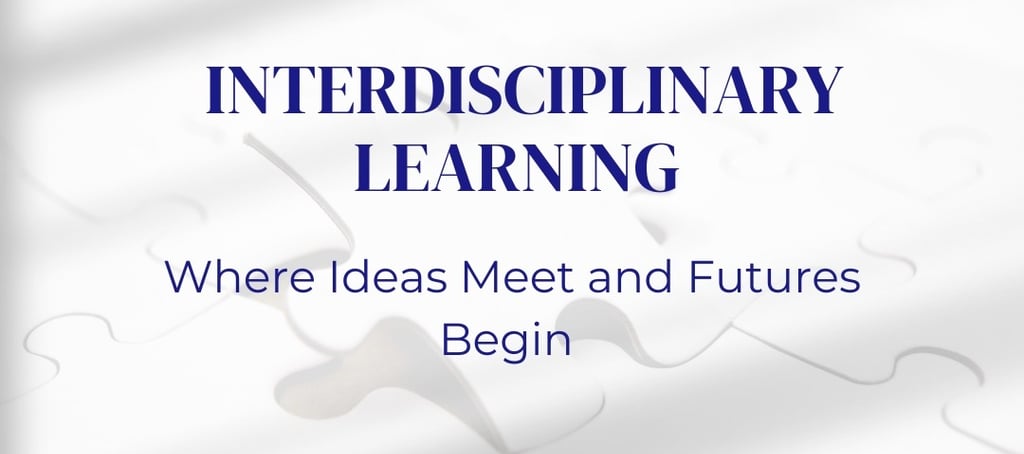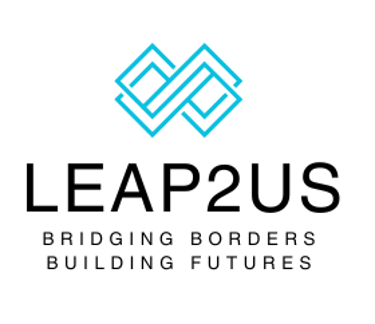Interdisciplinary Learning: Where Ideas Meet and Futures Begin
Discover how interdisciplinary learning is reshaping education — and how Leap2us mentorship helps students turn curiosity into connected futures.
11/5/20252 min read


The world isn’t divided into departments — and neither are the challenges that define our future. Climate change demands scientists who understand policy. Artificial intelligence needs philosophers who question ethics. The world’s most complex problems live between disciplines, not within them.
That’s why a quiet revolution is reshaping higher education. Around the world, universities are creating programs that invite students to connect ideas across fields — to blend logic with creativity, science with empathy, and design with data. They’re teaching a new way of thinking: one that values the spaces between as much as the subjects themselves.
Where Interdisciplinary Thinking Thrives:
Stanford University — Symbolic Systems: AI meets psychology and philosophy.
Brown University — Independent Concentrations: Design your own path.
UCL — Arts & Sciences BASc: Science, art, and humanities, intertwined.
NYU — Gallatin School: Learning guided by curiosity, not boundaries.
University of Amsterdam — PPLE: Politics, psychology, law, economics.
Northeastern University — Combined Majors: Pairing code with creativity.
University of Warwick — Liberal Arts: Interdisciplinary study through creative projects.
Together, they signal a shift in what it means to be educated — from mastering content to mastering connection.
Because something transformative happens when learning crosses boundaries.
A coder learns empathy through literature.
A designer begins to think in systems.
A scientist learns to see beauty in uncertainty.
These are not just new combinations of knowledge; they are new ways of seeing the world.
At Leap2us, we see this every day. When curiosity is guided with care, something remarkable unfolds. Students who once struggled to choose between passions begin to see patterns between them. They stop asking, “Which path should I take?” and start asking, “What can I create at the crossroads?”
That’s the power of true mentorship — not steering someone toward a single answer, but helping them learn how to think across questions. Our students grow into translators between worlds: artists who understand algorithms, engineers who write with empathy, economists who design for impact. They don’t wait for opportunities to appear; they learn to build them.
Because the next generation of leaders won’t be defined by what they study, but by how they connect. Education, at its best, doesn’t divide knowledge — it transforms it into understanding. And in those connections, both purpose and possibility begin to take shape.
QUICK LINKS
Services
CONTACT
+1 3185381212
info@leap2us.com
Headquarter - Monroe Louisiana US
Offices
Dallas Texas - USA
Los Angeles CA USA
India
Delhi - NCR
Bangaluru
Kanpur
Surat (Vesu)
Lucknow
services
University Selection
Application Support
Visa Assistance
Test Preparation
Scholarship Guidance
EB5 Investor Visa Guidance and Application
LEAP2US
Empowering students to achieve their dreams of studying abroad through expert guidance and comprehensive support services.
